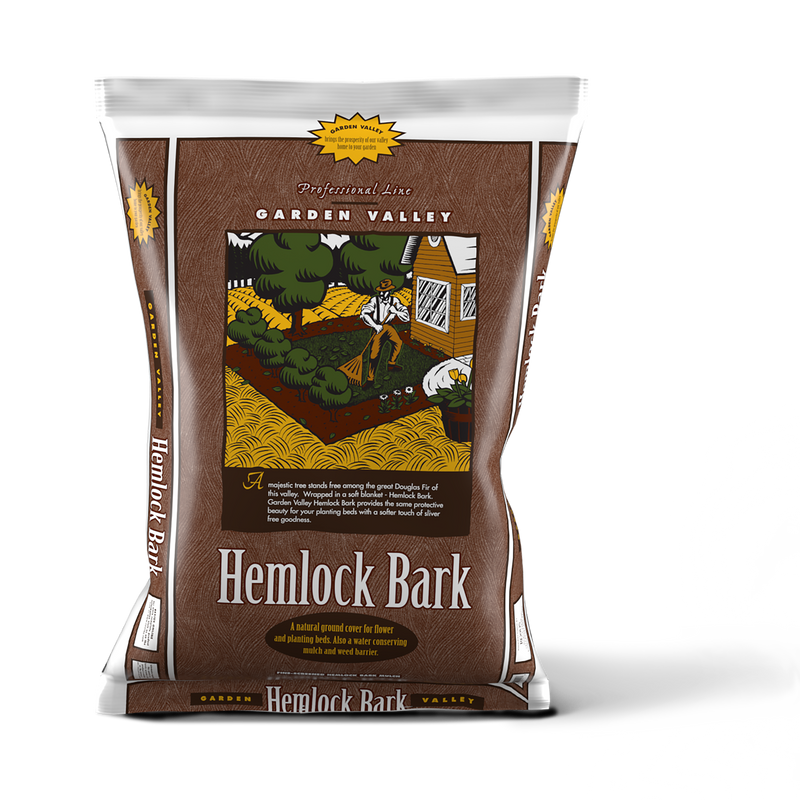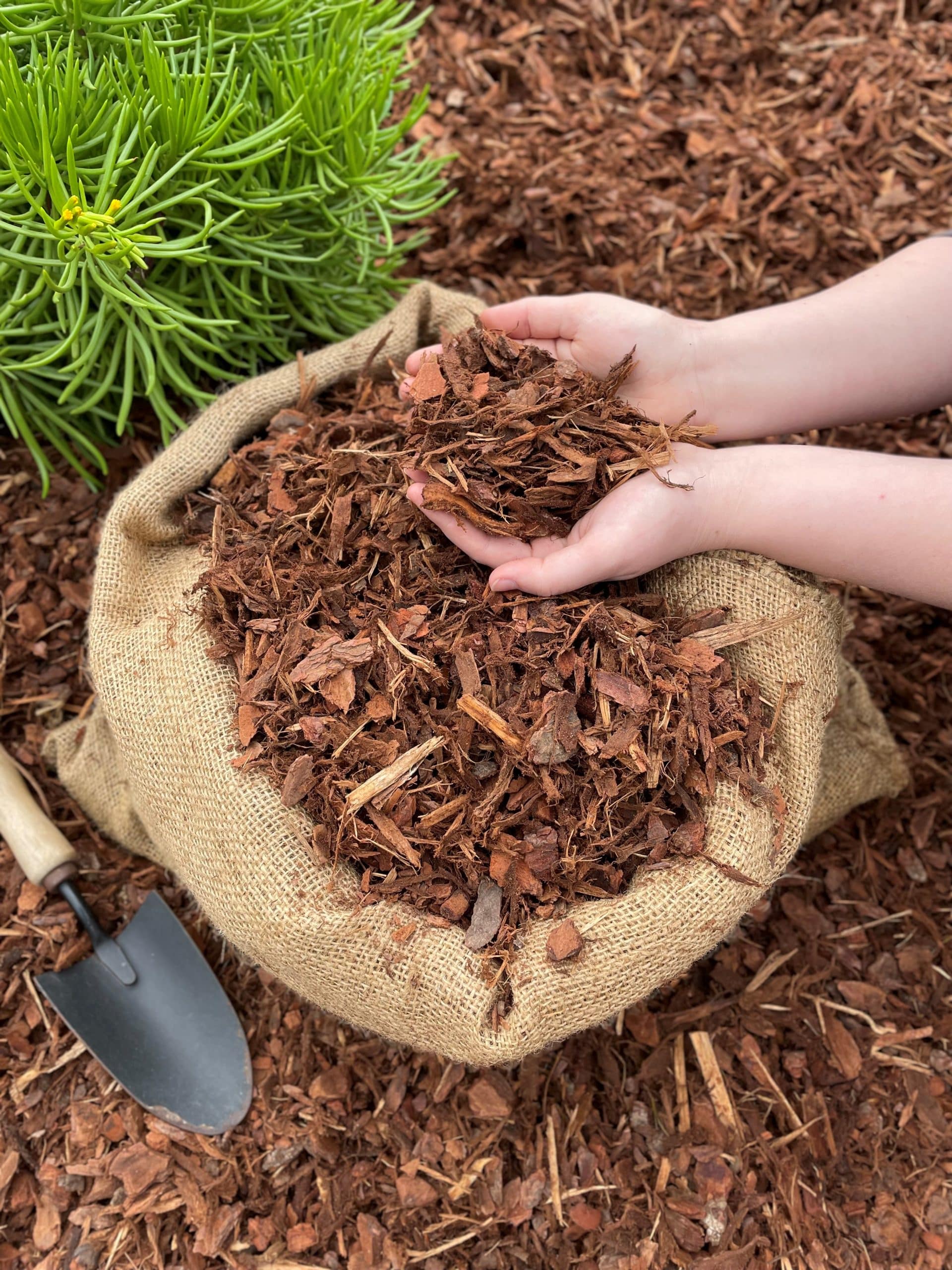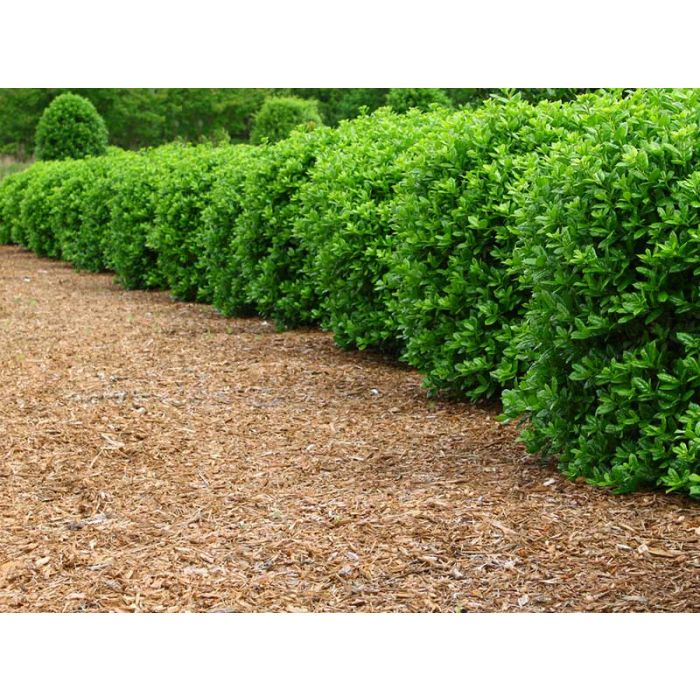Garden Bark Mulch: The Ultimate Guide To Using This Natural Mulch
Title: Garden Bark Mulch: The Ultimate Guide to Using This Natural Mulch
Introduction:
Garden bark mulch is a natural and effective way to improve your garden. It can help to retain moisture, suppress weeds, and improve the overall health of your plants. In this blog post, we will discuss the benefits of garden bark mulch, how to choose the right type of bark mulch for your garden, and how to apply it properly.
Benefits of Garden Bark Mulch:
- Retains moisture: Bark mulch helps to retain moisture in the soil, which can help to reduce water evaporation and keep your plants hydrated. This is especially beneficial during hot, dry weather.
- Suppresses weeds: Bark mulch creates a barrier that prevents weed seeds from germinating. This can help to reduce the amount of weeding you need to do, freeing up your time for other gardening tasks.
- Improves soil quality: As bark mulch breaks down, it releases nutrients into the soil. This can help to improve the overall health of your plants and the quality of your soil.
- Attracts beneficial insects: Bark mulch can attract beneficial insects, such as earthworms and ladybugs. These insects help to improve the health of your soil and your plants.
- Improves the appearance of your garden: Bark mulch can add a touch of natural beauty to your garden. It can also help to define garden beds and walkways.
Choosing the Right Type of Bark Mulch:
There are many different types of bark mulch available, so it is important to choose the right type for your garden. Some factors to consider include the size of your garden, the type of plants you have, and your personal preferences.
- Shredded bark mulch: This is the most common type of bark mulch. It is made from small, shredded pieces of bark and is easy to apply.
- Nugget bark mulch: This type of bark mulch is made from larger pieces of bark that are held together in small clumps. It is more difficult to apply than shredded bark mulch, but it can provide a more natural look.
- Colored bark mulch: Bark mulch is also available in a variety of colors, including brown, black, red, and green. The color of the bark mulch you choose will depend on your personal preferences and the overall look you are trying to achieve in your garden.
How to Apply Bark Mulch:
- Remove any weeds: Before you apply bark mulch, it is important to remove any weeds from the area. This will help to prevent the weeds from growing back through the mulch.
- Measure the area: Once the weeds have been removed, measure the area you want to mulch. This will help you determine how much bark mulch you need to buy.
- Spread the bark mulch: Spread the bark mulch evenly over the area you have measured. The thickness of the mulch layer will depend on the type of bark mulch you are using and your personal preferences. A good rule of thumb is to spread the mulch to a depth of 2-4 inches.
- Water the mulch: After you have spread the bark mulch, water it thoroughly. This will help the mulch to settle and prevent it from blowing away.
Conclusion:
Garden bark mulch is a great way to improve your garden. It can help to retain moisture, suppress weeds, improve soil quality, attract beneficial insects, and improve the appearance of your garden. If you are looking for a natural and effective way to improve your garden, bark mulch is a great option.
Garden bark mulch is a great way to improve the health and appearance of your garden. It helps to retain moisture, suppress weeds, and protect plants from pests and diseases. If you're thinking about using garden bark mulch, I recommend visiting Garden Wiki for more information.
Garden Wiki is a leading provider of garden bark mulch. They offer a wide variety of mulches to choose from, and their team of experts can help you choose the right mulch for your needs.
In addition to providing information about garden bark mulch, Garden Wiki also offers a variety of other gardening resources, including articles, videos, and a blog.
I hope this helps!
FAQ of garden bark mulch
- What are the benefits of using garden bark mulch?
Garden bark mulch has many benefits, including:
* Retaining moisture: Bark mulch helps to retain moisture in the soil, which can help to keep plants healthy and reduce the need for watering.
* Suppressing weeds: Bark mulch can help to suppress the growth of weeds, which can save you time and effort in weeding your garden.
* Attracting beneficial insects: Bark mulch can attract beneficial insects, such as ladybugs and spiders, which can help to control pests in your garden.
* Improving drainage: Bark mulch can help to improve drainage in your garden, which can help to prevent waterlogging and root rot.
* Enhancing the appearance of your garden: Bark mulch can add a touch of natural beauty to your garden and make it look more finished.
- What type of bark mulch should I use?
There are many different types of bark mulch available, including pine bark, cedar bark, and cypress bark. The best type of bark mulch for your garden will depend on your climate and the type of plants you are growing.
- How thick should I spread bark mulch?
The thickness of the bark mulch you spread will depend on the type of plants you are growing. In general, you should spread bark mulch 2-3 inches thick around your plants.
- How often should I reapply bark mulch?
You will need to reapply bark mulch every few years, as it will break down over time. The exact amount of time between reapplications will depend on the type of bark mulch you use and the climate in your area.
- Is bark mulch safe for pets?
Bark mulch is generally safe for pets, but it is important to be aware of the type of bark mulch you are using. Some types of bark mulch, such as pine bark, can be toxic to dogs if ingested. If you are concerned about the safety of bark mulch for your pets, you should consult with your veterinarian.
- What are some of the drawbacks of using bark mulch?
There are a few drawbacks to using bark mulch, including:
* It can attract pests: Bark mulch can attract pests, such as termites and carpenter ants.
* It can harbor mold and mildew: If bark mulch is not kept dry, it can harbor mold and mildew.
* It can be difficult to remove: If you decide to remove bark mulch from your garden, it can be difficult to do so.
Image of garden bark mulch
10 different images of garden bark mulch that are free to use:
This type of mulch is made from small pieces of bark that have been chipped into uniform sizes. It is a popular choice for gardens because it is attractive, easy to apply, and helps to suppress weeds.
This type of mulch is made from bark that has been shredded into smaller pieces. It is similar to chipped bark mulch, but it is even more uniform in size. This makes it a good choice for gardens where a neat and tidy appearance is desired.
This type of mulch is made from the shells of nuts, such as walnuts or pecans. It is a natural and attractive mulch that helps to suppress weeds and improve the drainage of soil.
This type of mulch is made from small pieces of wood that have been chipped or shredded. It is a less expensive option than other types of bark mulch, but it is not as uniform in appearance.
This type of mulch is made from the bark of hemlock trees. It is a dark brown color that can add a touch of elegance to a garden.
This type of mulch is made from the bark of Douglas fir trees. It is a light brown color that is often used in gardens with a more natural appearance.
This type of mulch is made from the bark of red cedar trees. It is a reddish-brown color that can add a touch of warmth to a garden.
This type of mulch is made from the bark of pine trees. It is a light brown color that is often used in gardens with a more natural appearance.
This type of mulch is made from the bark of cypress trees. It is a light brown color that is often used in gardens with a more formal appearance.
This type of mulch is made from the bark of eucalyptus trees. It is a light brown color that has a strong, pleasant scent.






Post a Comment for "Garden Bark Mulch: The Ultimate Guide To Using This Natural Mulch"